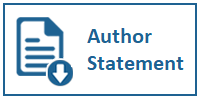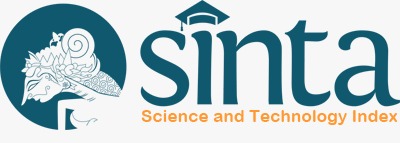Clustering Student Competencies Using the K-Means Algorithm
DOI:
https://doi.org/10.31937/ti.v17i1.4071Abstract
This study aims to evaluate the effectiveness of the K-Means algorithm in clustering student competencies. The subject of the study is students of the Informatics and Computer Engineering Education study program at a public university in Indonesia, with course score data representing various areas of competence as features. The K-Means algorithm is used to group student data into several clusters based on academic grade patterns. The results show that the K-Means algorithm is quite effective in identifying the initial pattern of student competence, with a Silhouette Score of 0.3489, which falls into the medium category. This study concludes that the use of the K-Means algorithm alone is sufficient to support the analysis of student areas of competence, with potential applications as a recommendation system for students in choosing elective courses and as an evaluation tool for study programs to identify areas of competence that need improvement.Downloads
Additional Files
Published
How to Cite
Issue
Section
License
Copyright (c) 2025 Ratih Friska Dwi Andini, Febri Liantoni, Aris Budianto

This work is licensed under a Creative Commons Attribution-ShareAlike 4.0 International License.
Authors retain copyright and grant the journal right of first publication with the work simultaneously licensed under a Creative Commons Attribution-ShareAlike International License (CC-BY-SA 4.0) that allows others to share the work with an acknowledgement of the work's authorship and initial publication in this journal.
Authors are able to enter into separate, additional contractual arrangements for the non-exclusive distribution of the journal's published version of the work (e.g., post it to an institutional repository or publish it in a book), with an acknowledgement of its initial publication in this journal.
Copyright without Restrictions
The journal allows the author(s) to hold the copyright without restrictions and will retain publishing rights without restrictions.
The submitted papers are assumed to contain no proprietary material unprotected by patent or patent application; responsibility for technical content and for protection of proprietary material rests solely with the author(s) and their organizations and is not the responsibility of the ULTIMATICS or its Editorial Staff. The main (first/corresponding) author is responsible for ensuring that the article has been seen and approved by all the other authors. It is the responsibility of the author to obtain all necessary copyright release permissions for the use of any copyrighted materials in the manuscript prior to the submission.















